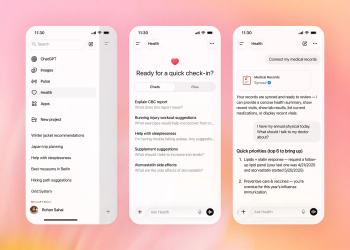
EHR use growing, but unevenly
More doctors are using electronic health records, but the growth is faster in some states and practice sizes than others.
Use of
A January 2014
According to the NCHS data, the percentage of doctors with an EHR system that met the criteria for a basic system was lowest in New Jersey (21%) and highest in North Dakota (83%), while the national average was 48%. States trailing the national average included Connecticut, Maryland, Nevada, New Jersey, Oklahoma, Vermont, and Wyoming.
States that were significantly higher than the national average included Iowa, Massachusetts, Minnesota, North Dakota, Oregon, South Dakota, Utah, Washington, and Wisconsin.
The NCHS also found that only 19% of physicians-and 13% of office-based physicians-both intended to participate in the government’s
Not surprisingly, practice size correlates closely with EHR use. Half of physicians in solo practices use EHRs, compared with 90% of doctors in practices with 20 or more physicians, according to the Commonwealth Fund study. The adoption rate was higher, however, among solo practices that had resource-sharing arrangements with other practices.
The Commonwealth Fund study also looked at the growth of other forms of health information technology over the 3-year period. It found that the proportion of doctors able to send prescriptions electronically grew from 34% to 66%, and the proportion able to order lab tests electronically increased from 38% to 54%. In addition, in 2012 33% of primary care physicians were able to exchange clinical summaries with other doctors, and 35% could share the results of lab or diagnostic tests with doctors outside their practice.
The Commonwealth Fund study appears in the February 2014
Newsletter
Stay informed and empowered with Medical Economics enewsletter, delivering expert insights, financial strategies, practice management tips and technology trends — tailored for today’s physicians.








